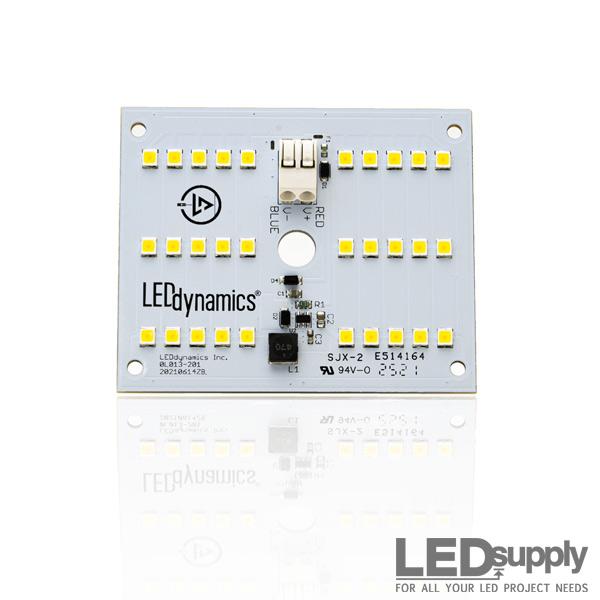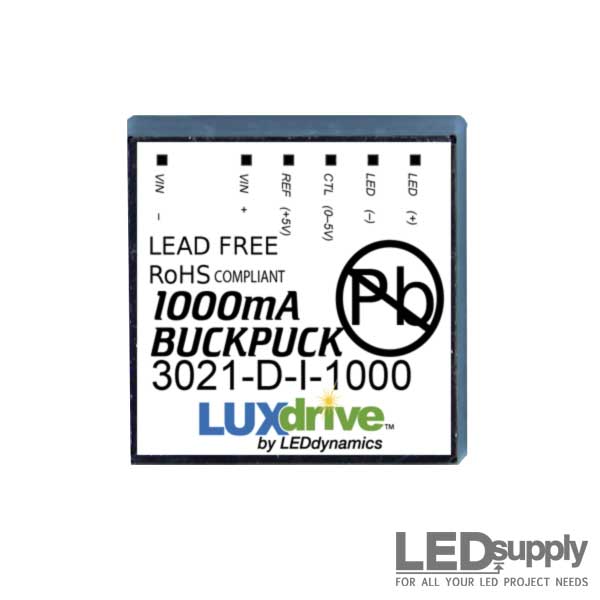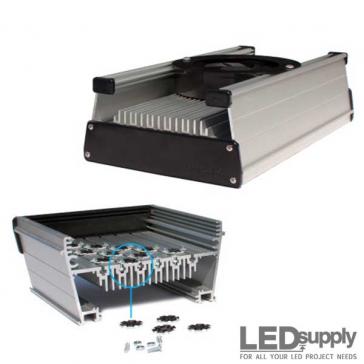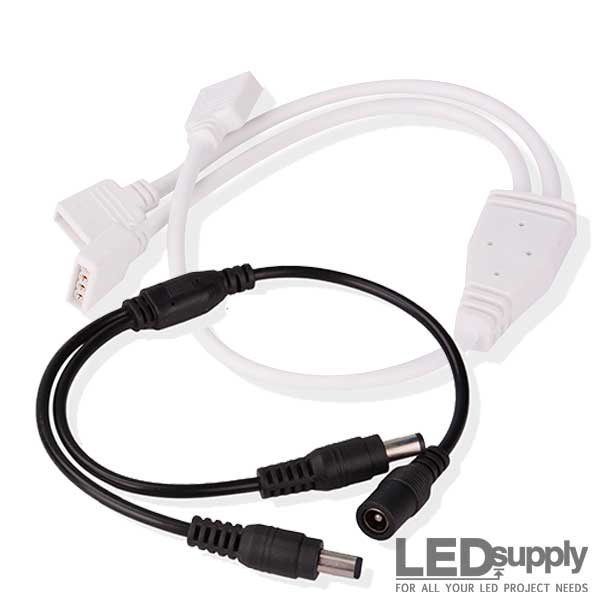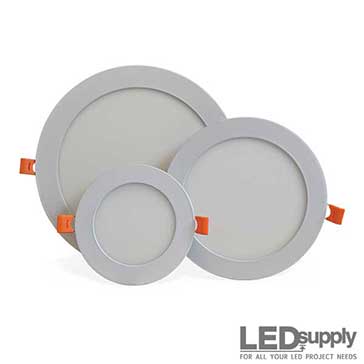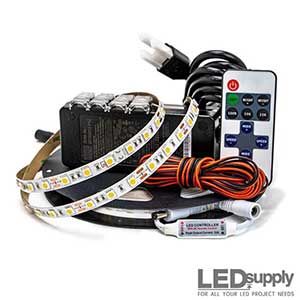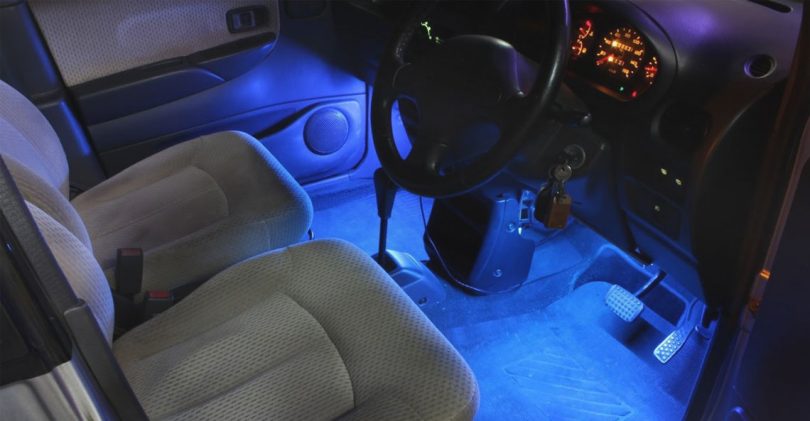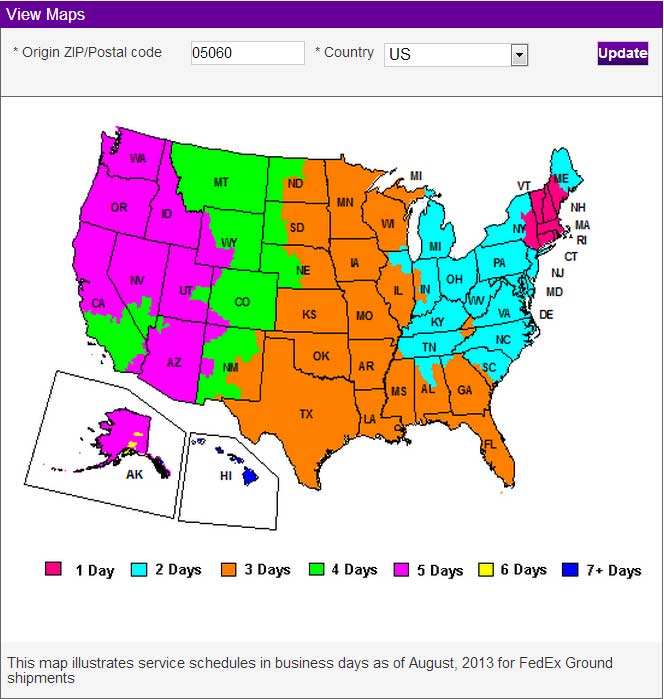 When using Led Strips in automotive or boating applications there can be concern about over-voltage and sharp voltage spikes. These are fast, short duration electrical transients in voltage and happen anywhere there is an alternator to charge the battery and other components like fans, solenoids and relays. In a 12V strip application, over-voltage and spikes can deliver too much power to the LEDs. This will lower their output faster over-time and in some cases result in thermal runaway, which ends badly. Given the awesome amount of fun automotive LED strip applications there are (think cars, motorcycles, atv and boats), we have a few easy solutions for you, so you can rest easy and be assured that your voltage stays at 12V and keeps those LED strips running well.
When using Led Strips in automotive or boating applications there can be concern about over-voltage and sharp voltage spikes. These are fast, short duration electrical transients in voltage and happen anywhere there is an alternator to charge the battery and other components like fans, solenoids and relays. In a 12V strip application, over-voltage and spikes can deliver too much power to the LEDs. This will lower their output faster over-time and in some cases result in thermal runaway, which ends badly. Given the awesome amount of fun automotive LED strip applications there are (think cars, motorcycles, atv and boats), we have a few easy solutions for you, so you can rest easy and be assured that your voltage stays at 12V and keeps those LED strips running well.
Eliminate Over-Voltage
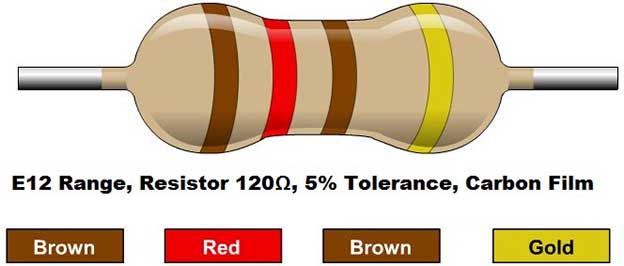
The easiest option is to use a single 120 Ohm resistor (pictured above), however it’s not our first choice. It is the least expensive and time consuming fix and actually takes care of the biggest problem (96% of the issue), so we recognize it as a valid option. To do it, simply wire in a single 120 Ohm resistor before the LED string. The 120 Ohm value is only for the type of 12V LED Flexible Strips that we carry and will keep your LEDs running at 100%. However, this fix doesn’t completely solve the problem, as there is still a chance for short voltage spikes; these spikes can range from 24-50V and as mentioned earlier, result in ruining your LEDs.
Eliminate Short Voltage Spikes
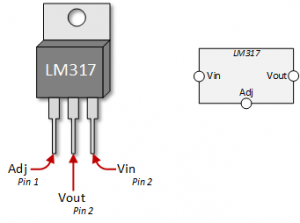
To account for voltage spikes the circuit requires a voltage regulator. We recommend the LM317, designed by Robert C Dobkin in 1976. This unit will control voltage spikes and also regulate the over-voltage. Because it is fixing both issues we see it as the clear choice. Let us know if you need any clarification in the comments and thanks for reading!

